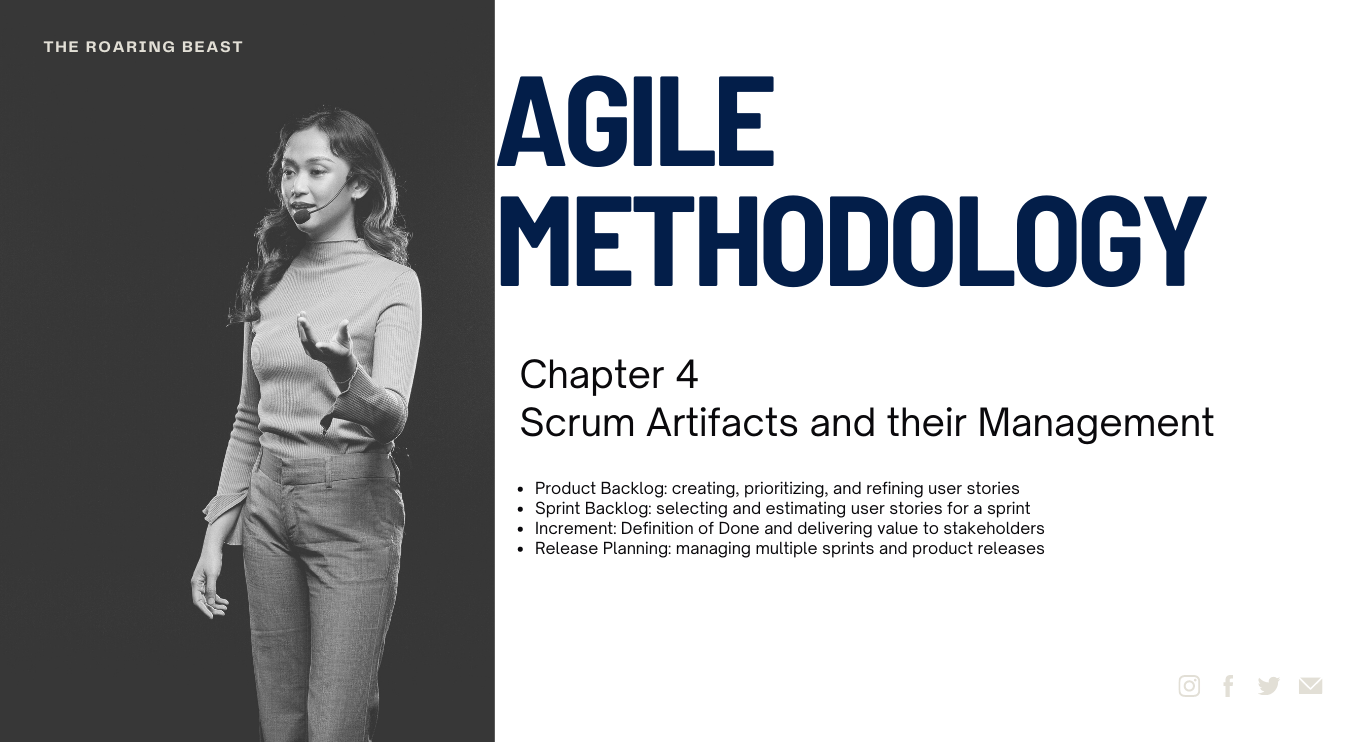The Sprint Backlog is a subset of the Product Backlog that contains the user stories and tasks selected for implementation during a specific sprint. Here’s an overview of the process of selecting and estimating user stories for a sprint and incorporating them into the Sprint Backlog:
- Sprint Planning Meeting:
- The Product Owner collaborates with the Scrum Team, including the Scrum Master and the Development Team, to discuss and select user stories for the upcoming sprint.
- The Product Owner presents the highest-priority user stories from the Product Backlog to the Development Team.
- The Development Team, with the guidance of the Product Owner, asks clarifying questions to gain a clear understanding of the user stories.
- User Story Selection:
- The Development Team collectively determines which user stories can be delivered within the sprint based on their capacity and the estimated effort required for implementation.
- The team considers factors such as dependencies, risks, and the value delivered by each user story.
- The selected user stories are moved from the Product Backlog to the Sprint Backlog, indicating that they are committed for implementation in the current sprint.
- Task Breakdown and Estimation:
- Once the user stories are selected for the sprint, the Development Team collaboratively breaks them down into smaller, actionable tasks.
- The tasks should be specific, manageable, and represent the work required to implement the user story.
- The team estimates the effort or complexity of each task. Estimation techniques like story points or ideal hours can be used.
- The estimated tasks are added to the Sprint Backlog, along with their dependencies and any relevant notes or details.
- Sprint Backlog Refinement:
- Throughout the sprint, the Development Team continues to refine and update the Sprint Backlog as they gain more insights, new information, or encounter changes.
- The team may add, remove, or modify tasks as necessary to reflect their evolving understanding of the work.
- Daily Scrum:
- During the Daily Scrum, the Development Team discusses the progress of the tasks in the Sprint Backlog.
- They share updates, identify any impediments or issues, and collaboratively plan the work for the next 24 hours to ensure the sprint progress remains on track.
The selected user stories and corresponding tasks in the Sprint Backlog provide a clear plan and focus for the Development Team during the sprint. The team’s estimation of tasks helps in capacity planning and tracking progress, enabling them to deliver a potentially shippable product increment by the end of the sprint.

